5 Ways to Get your ASHA Hours (Without Paying for CEUs)
All speech-language pathologists know that we need 30 CEUs every three years to maintain our ASHA Certification, right?
Or do we???
As it turns out, we don’t need CEUs at all. We need 30 hours every three years but it can be any type of professional development. CEUs are one type of professional development that we can use but you can also use a lot of other professional development that may be much cheaper.
Let me explain…
What Does ASHA Require to Maintain the Certification of Clinical Competency for Speech-Language Pathologists?
In order to maintain your CCC’s, you will need to obtain 30 professional development hours (PDHs) during your 3-year maintenance interval. Each person has a different interval so you’ll need to check with ASHA to figure out when your interval ends. ASHA CEUs are one way to complete those hours but they’re not the only way.
What is an ASHA CEU?
ASHA CEUs are courses that have been conducted by a pre-approved ASHA CEU provider. These companies pay ASHA to be a part of this program. They must maintain a system of reporting attendance to ASHA on a monthly basis. This grants them the ability to report your participation directly to ASHA. Those courses are then approved as “CEUs”.
How are CEUs different from PDHs?
Professional Development Hours (PDHs) are any learning activity that are within our scope and are related to any area of clinical practice. Many activities that you’re already doing will count as PDHs. ASHA CEUs (courses by providers that have been pre-approved) are a type of PDH.
Do I have to Use CEUs to Maintain my License?
No! You can use many different types of professional development hours to meet your 30 hours requirement. They don’t have to be CEUs. That’s great news for us because often we can find professional development hours that are cheaper than CEUs, since those companies have to pay a lot to meet ASHA’s requirements. (Trust me, I tried! It’s not do-able for a small business like me). Keep in mind that your state or other licensing bodies may have other requirements. Scroll down to view requirements for specific states.
What Professional Development Activities Count for our ASHA Hours?
Here are 5 easy ways to get your professional development/continuing education hours met without having to pay for ASHA CEUs. (You may even have already done some of these this year!)

1. Online Courses with Certificates of Completion/Attendance (Non-CEU)
There are a lot of great online businesses (like ours!) with courses that can be used for your ASHA hours. If we aren’t ASHA CEU Providers, we can’t report your hours directly to ASHA for you, but you can keep track of your certificates of completion yourself!
In order to count an online course for your 30 ASHA Hours, ASHA says it needs…
- To be related to our field
- To result in you acquiring new knowledge and skills, or enhancing your knowledge and skills
- To offer a way of documenting your attendance, such as through a certificate of completion/attendance
Looking for some online courses? Our Speech and Language Kids Hub has 40+ courses. And at $25 per month, you’ll save money over paying for CEUs. Plus, you’ll get all of our no-prep therapy materials for that cost as well!
2. In-Service Activities at your School/Work
You know all of those in-services that you have to attend for work? Did you know those can count for your ASHA Hours as well?? Check out all of the different types of in-service activities you can count for your ASHA hours:
- Grand Rounds
- Special Education Workshops (such as those presented for ADA Requirements)
- Formal training sessions sponsored by manufacturers on equipment used in the evaluation or treatments of your clients
- Professional activities from your employer (diversity issues, reimbursement issues, etc.)
In order to count these activities, you’ll simply need a document that includes the title, sponsoring organization, date of attendance, and number of professional development hours earned.
3. Business and Management Content
If you run a business, you can use training and courses that help you manage your private practice more effectively for your ASHA hours. My friend Jena at The Independent Clinician has some great resources in that area!
4. Teacher-Oriented Content and Training
Wait a minute, all of those teacher trainings you are forced to attend count, too? Yes!! ASHA says they will count any teacher-oriented training that is not related to our profession as long as it enhances your ability to better serve your clients.
5. College or University Course Work
Any level of coursework (undergrad, grad, doctorate) offered by regionally accredited programs can be used for your ASHA hours as well. This includes distance learning as well as in-person courses. These can also be in any area related to serving your clients. Here are a few examples from the ASHA website:
- Foreign languages needed to communicate with the population you work with
- Early childhood development
- Autism
- Literacy
- Neurological Disorders
- Genetics
- Ethics
How Do I Report Non-CEUs to ASHA?
Don’t worry, it’s not as hard as it sounds! ASHA has a convenient CE Registry that you can pay for to keep track of your CEUs. But you can’t use that if you’re using non-CEUs for your professional development. Courses that do not offer ASHA CEUs cannot be placed on your ASHA CE Registry.
But that’s OK! All you need to do is keep proof that you attended your professional development hours. ASHA will only ask you for them if you get audited.
How to Report Non-CEUs:
- Keep all continuing education certificates: Print out a copy of proof of attendance and save a copy on your computer. These can be certificates of completion or college transcripts. They simply need to include the title of the course, the sponsoring organization, the date of attendance, and the number of hours. If your course doesn’t provide you with this, there is a form on ASHA’s site you can use.
- When you Hit 30 Hours, Submit your Compliance Form: Everyone who has their CCC’s must submit a form on the ASHA website when they have completed their 30 hours in their 3-year cycle. You must do this by Dec. 31st of the year that your interval is completed but you can submit it whenever you reach 30 hours. All you have to do is check a few boxes that say you did your hours. That’s it! They won’t ask you to submit the actual certificates and supporting documents unless you get audited. For instructions on completing the compliance form, click here.
Does my State/Other Licensing Board Require CEUs?
Here’s the only catch. Not all states or other licensing boards will accept non-CEUs for your continuing education requirements. For example, my state requires at least 20 of our hours be ASHA-approved CEUs. You will need to check with your state or licensing board to determine if you can use PDHs (like the ones from our Membership Hub) to maintain your license.
Here are links to the organizations that we have been able to locate:
- Alabama
- Alaska
- Arizona
- Arkansas
- California
- Colorado
- Connecticut
- Delaware
- District of Columbia
- Florida
- Georgia
- Guam
- Hawaii
- Idaho
- Illinois
- Indiana
- Iowa
- Kansas
- Kentucky
- Louisiana
- Maine
- Maryland
- Massachusetts
- Michigan
- Minnesota
- Mississippi
- Missouri
- Montana
- Nebraska
- Nevada
- New Hampshire
- New Jersey
- New Mexico
- New York
- North Carolina
- North Dakota
- Ohio
- Oklahoma
- Oregon
- Pennsylvania
- Rhode Island
- South Carolina
- South Dakota
- Tennessee
- Texas
- Utah
- Vermont
- Virginia
- Washington
- West Virginia
- Wisconsin
- Wyoming
- If you are outside of the United States, you’ll need to check with your local licensing agency for their specific requirements.

About the Author: Carrie Clark, MA CCC-SLP
Hi, I’m Carrie! I’m a speech-language pathologist from Columbia, Missouri, USA. I’ve worked with children and teenagers of all ages in schools, preschools, and even my own private practice. I love digging through the research on speech and language topics and breaking it down into step-by-step plans for my followers. I graduated from Truman State University in Kirksville, MO with a masters degree in Communication Disorders.
Fun Fact: I have been to the ASHA Convention several times, including twice in Boston. Did you see me? My booth in 2023 was right next to the Peachie Speechie booth with all of her fun t-shirts. I had a blast getting to meet so many of my followers face-to-face! Working online makes it difficult to feel connected to my customers so it was nice to see all of you!
Connect with Me:
Carrie’s Best Tools to Simplify your Life:
You have a lot on your plate. Let me help with that!
I’ve put together my best resources here. Whether you’re streamlining your job as a speech-language professional, helping your child with his communication challenges, or trying to meet the diverse needs of your students, I’ve got you covered.
Choose the resource that you need most right now:


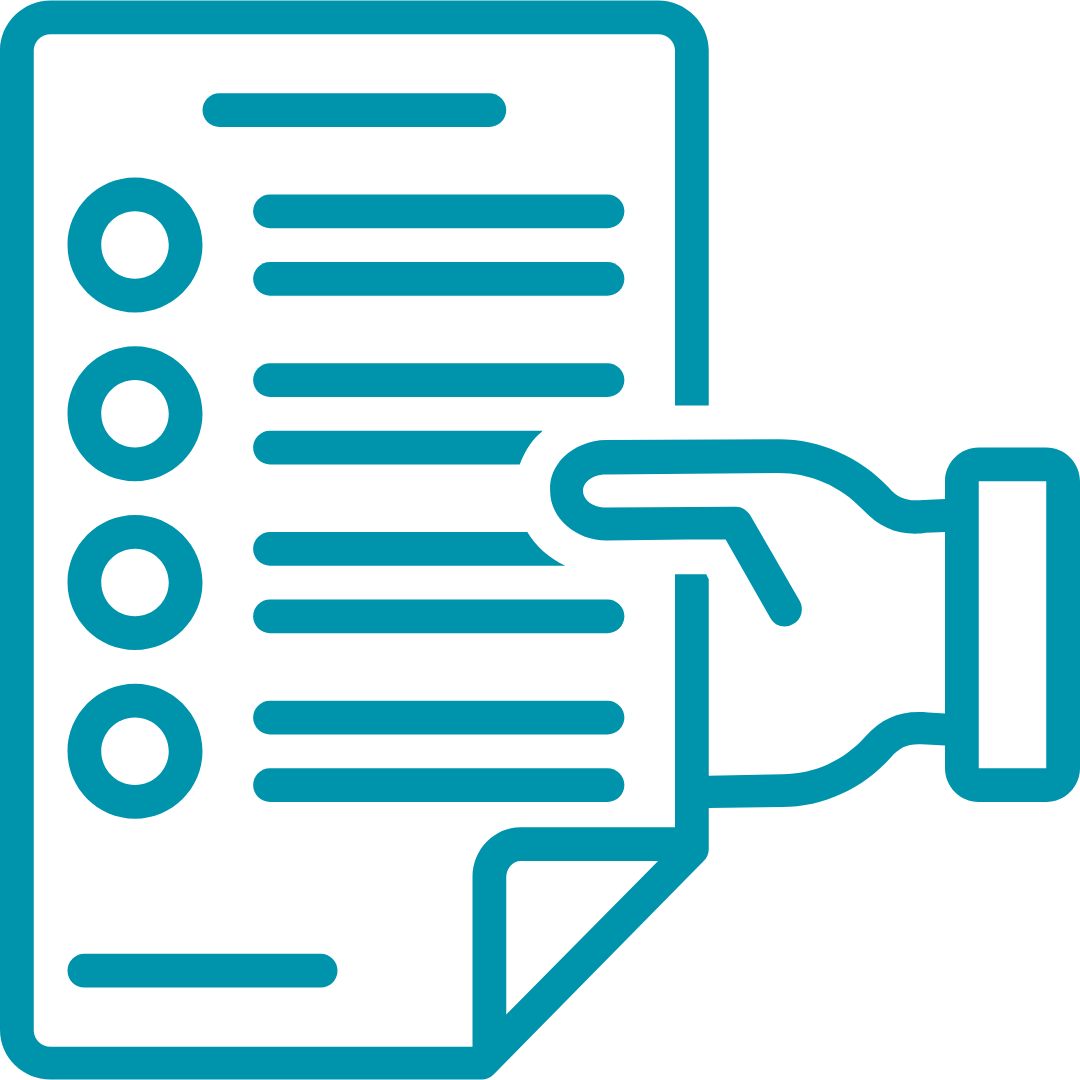
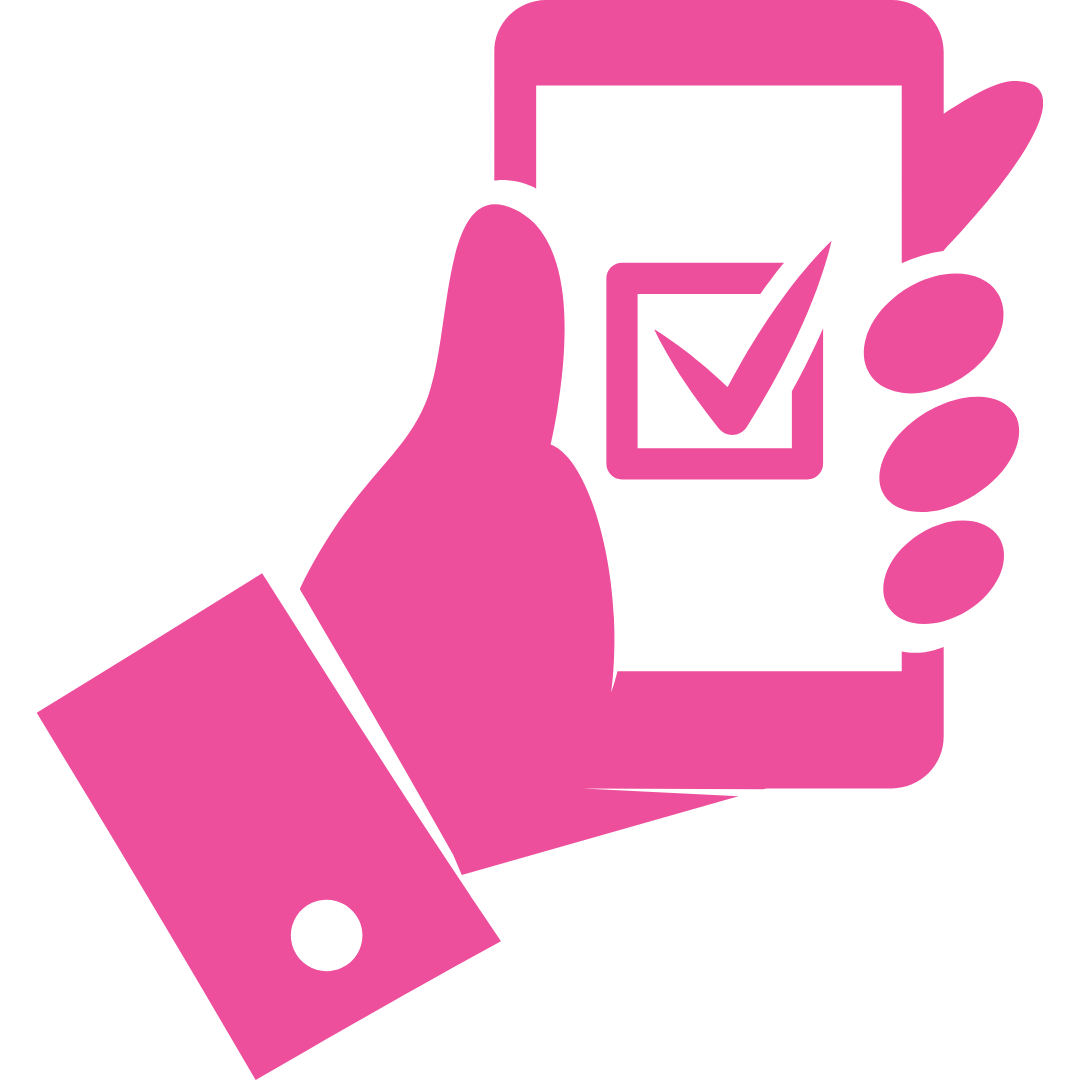
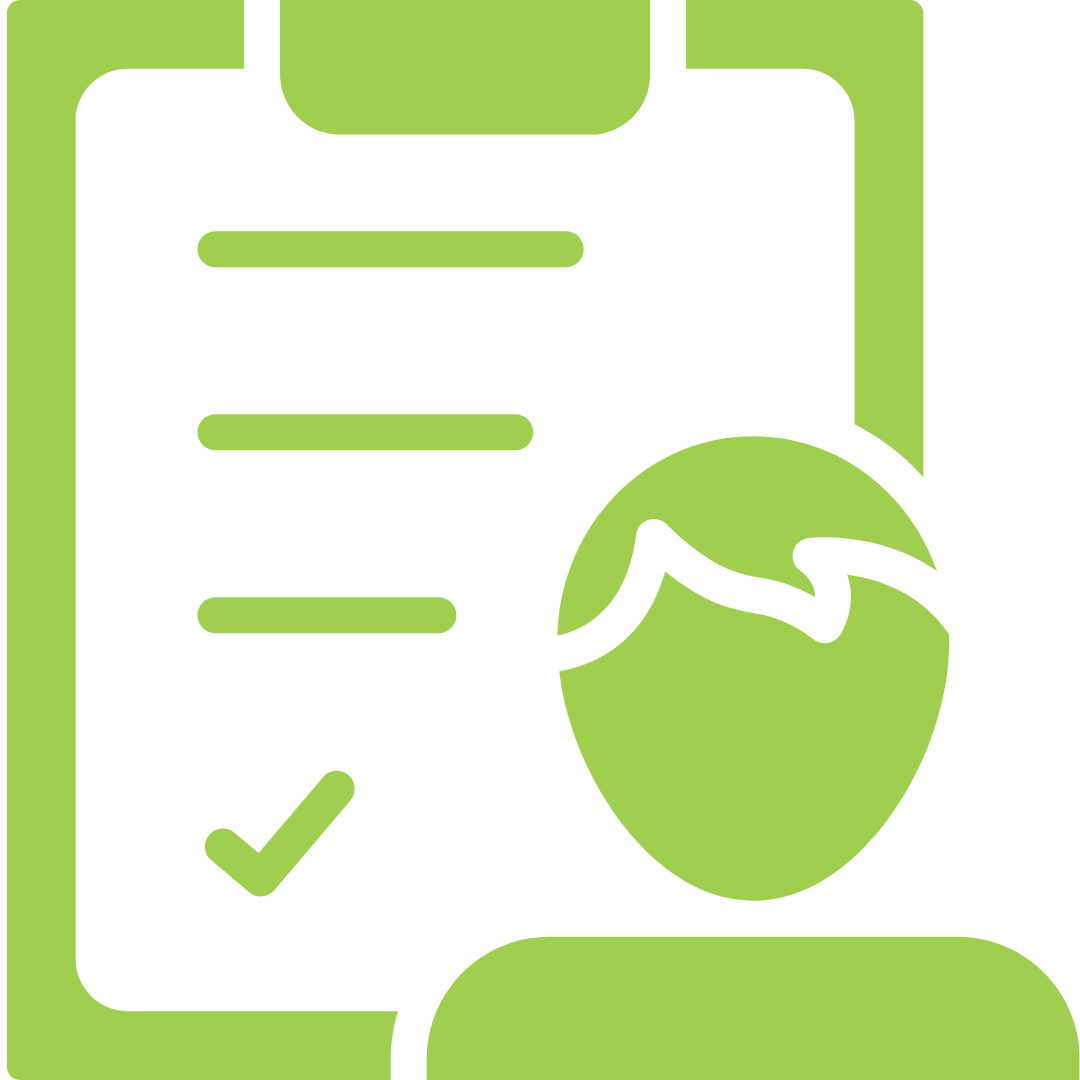
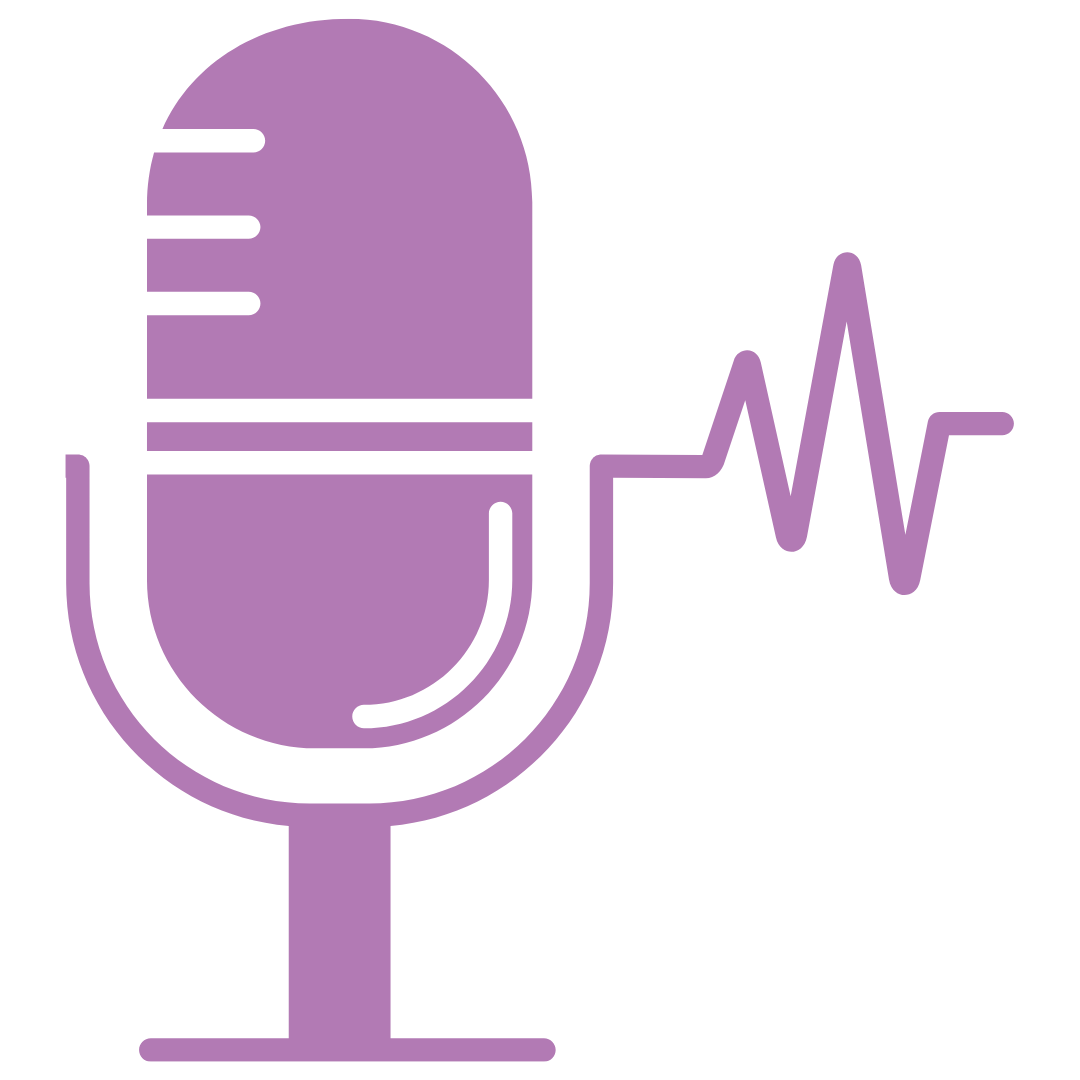
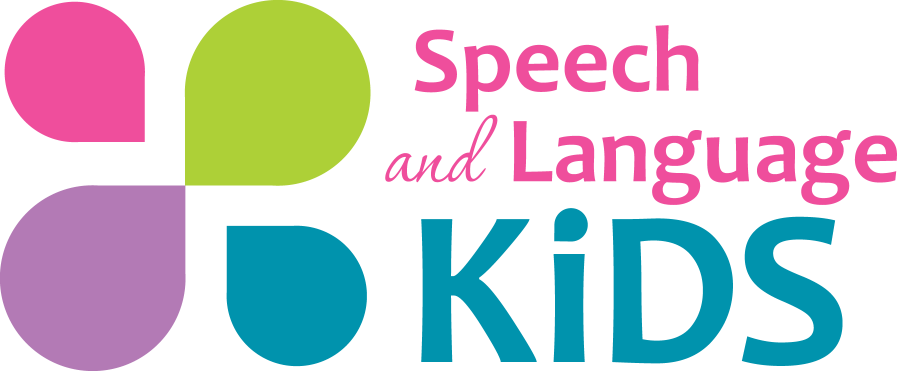
Leave A Comment